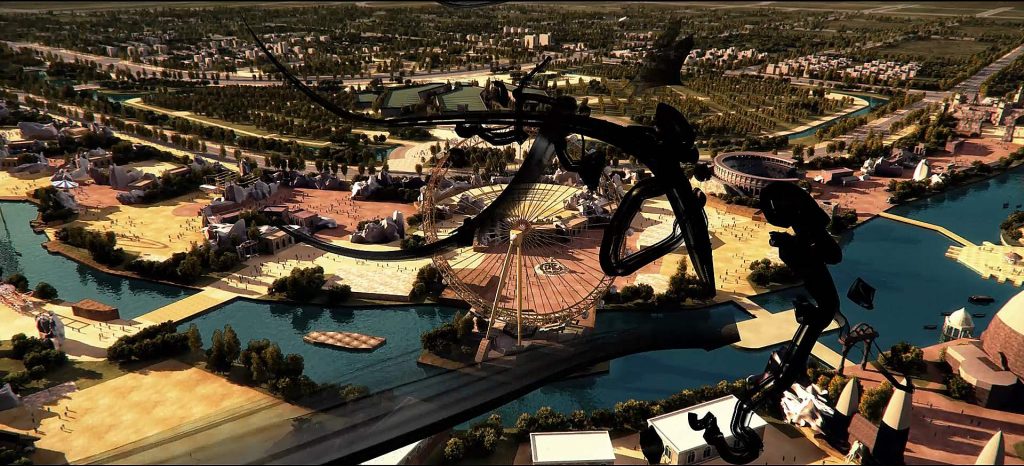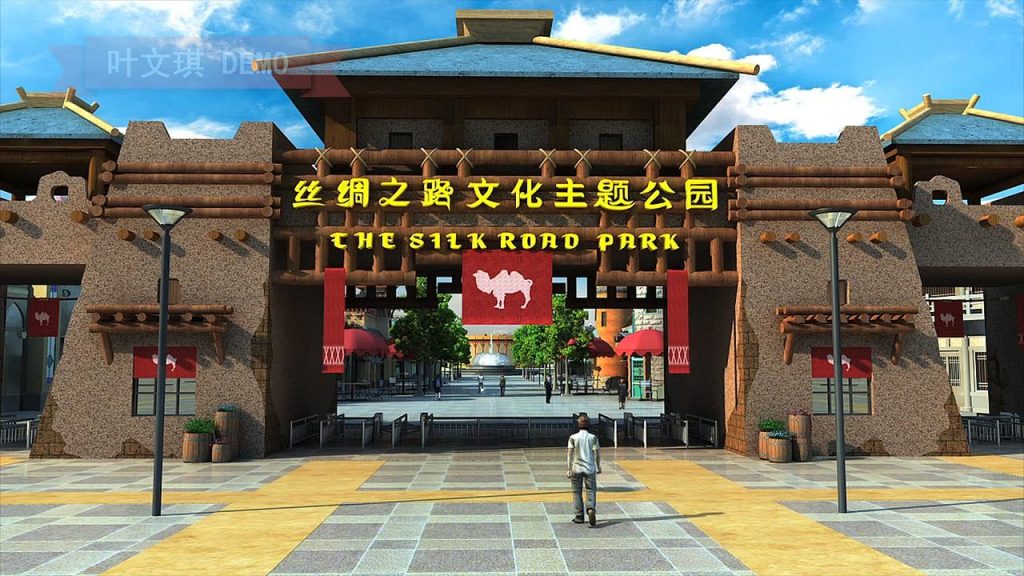The Spring of the Cultural Industry
3 min readThere is a road full of originality and nimbus in Urumqi. That is the hot spring west road in Shuimogou region; the building walls along the road are full of strange and colorful graffiti. Here was once the location of Qiyi Cotton Mill.
How Qiyi Cotton Mill was changed into 7 Mill Street Qiyi Cotton Mill was the cradle of the modern textile industry, once had 30,000 spindles, 1,200 looms, and cotton textile industry was also an important pillar industry in Urumgi However, circumstances have changed with the passage of time, and Qiyi Cotton Mill has become history. The location has become the gathering place of art today. The “Mill” in 7 Mill Street has the meaning of workshop and original handmade, which is used to shoe the original spirit in artistic creation. The two names have similar pronunciation in Chinese, which contains the memory of the golden years of Qiyi Cotton Mill. The new 7 Mill Street would become the art resort with infinite vitality.

7 Mill Street was established on April 28, 2009. There were four public art galleries, and 81 art rooms, covering 30 kinds of cultural industry categories of cartoon, film, and painting etc., and also equipped with a cartoon service platform, and cultural products trade output platform. All kinds of creative industries camped in the park, such as Beijing Songzhuang Art Exchange Center, Shanghai Tianzifang Innovative Cultural Exchange Center,and Xinjiang Cartoon COSPLAY Base. Since the establishment of 7 Mill Street, more than 30 cultural activities have been held every year, and have gathered many cultural enterprises and famous artists, people here can learn from each other and work together to introduce the arts and culture in Xinjiang to the world.
There are more than ten cultural industry parks of such kind in Xinjiang. Among which, four are National Cultural Industry Demonstration Bases, and six cartoon enterprises that have got the national certification, ranking top in the Northwest. These enterprises have promoted the rapid development of cultural industries in Xinjiang through their own demonstration, radiation and leading role.

The year of 2011 was the first year of “the revitalization of the cultural industry” in Xinjiang. In the same year, Xinjiang set the cultural industry development special fund of 10 million Yuan to support the cultural industry projects at the start stage of development. In 2012, Xinjiang cultural industry projects respectively contracted 25.4 billion Yuan at the seventh and eighth Shenzhen ICIF. In 2012 five cultural enterprises in Xinjiang obtained the National cultural industry support funds of 22 million Yuan; and 10 enterprises obtained the municipality cultural industry support funds of 5.9 million Yuan. The number of enterprises that obtained the support funds has increased reaching a new record in the striving for financial support from the National cultural industry support funds In 2012, 7 Mill Street, Qarluq, etc. and other 23 cultural enterprises were first named as the municipality cultural industry demonstration base. Xinjiang Cartoon Industry Association was established in the same year, absorbing nearly 30 cartoon companies and cartoon education and training institutions.
7 Mill Street oil painting creation Staff from Urumqi Qarluq Media Tech Co. LTD are working on the cartoon design According to incomplete statistics there are total of 6, 528 entertainment culture business units and 4, 389 other cultural operating agencies in Xinjiang, has basically formed the cultural market management structure with strong local characteristics of different forms of ownership coexisting, and covering extensive fields. The cultural industry output value in Xinjiang had reached to 1.788 billion Yuan in 2010 from 659 million Yuan in 2005.

The demonstration bases, special funds, and exhibition presentation Xinjiang cultural industry is gradually entering the spring of development from small to large, from scatter to gather, and from extensive to industrialization.








